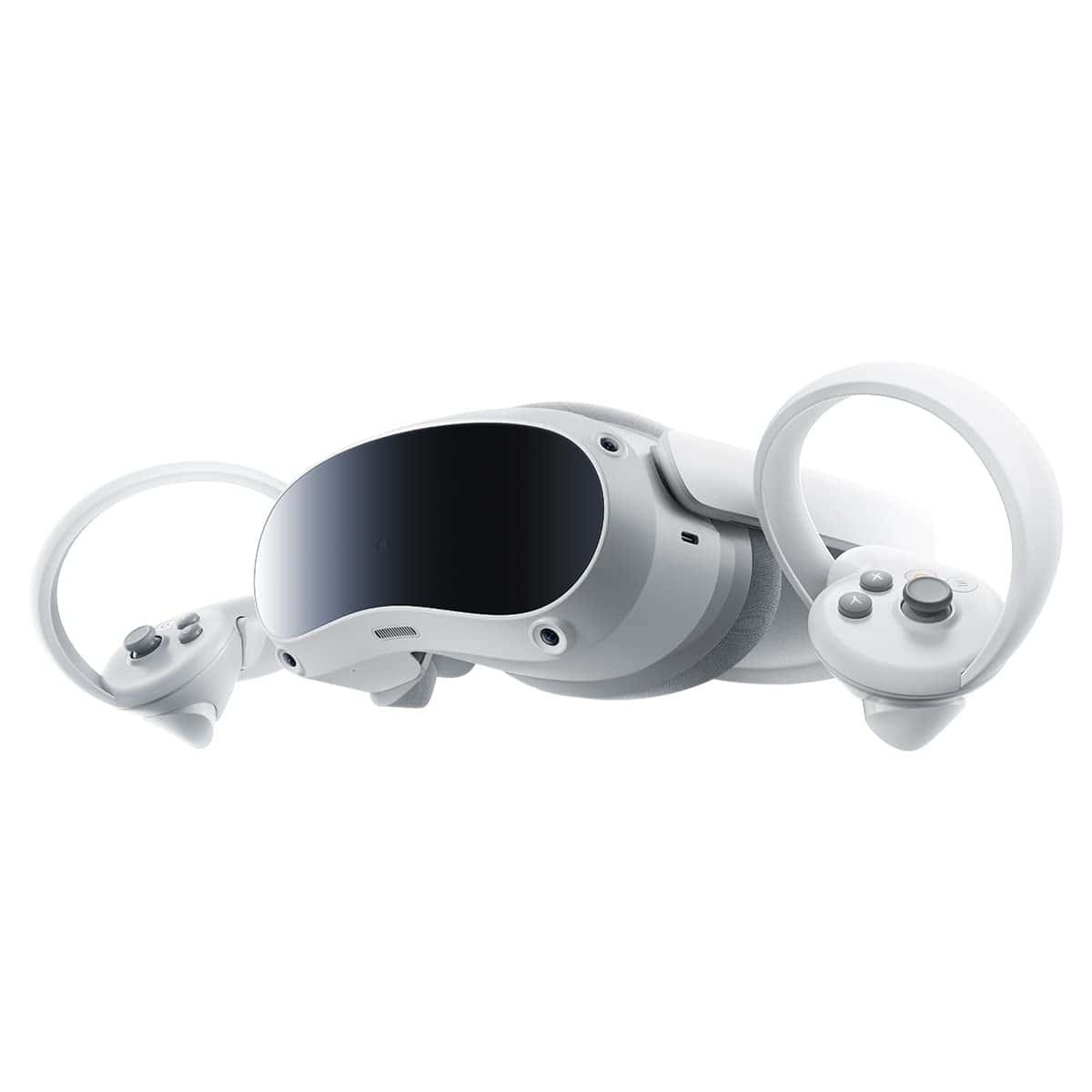Meta Quest 3 vs Pico 4: Where do they sit?

Table of Contents
How does Pico 4 fare against Meta Quest 3? Will it be able to continue to give a fight, or has Quest 3 overpowered Pico 4? Let's compare Meta Quest 3 vs. Pico 4 and find out.
Launched in October 2022, Pico 4 has been an amazing product that has enabled users to experience VR gaming like never before. It was said to be an excellent competitor of Meta Quest 2. However, Meta has now released its new innovative headset model: Meta Quest 3. But which is better? Read on and decide.
Meta Quest 3 vs. Pico 4: Specs
The first and most important thing to compare between Meta Quest 3 and Pico 4 is their hardware specs. To begin with, Meta Quest 3 is launching with a new chipset: Qualcomm Snapdragon XR2 Gen 2, which is twice as powerful as Qualcomm Snapdragon XR2. This new and powerful System-on-a-Chipset (SoC) chipset will increase Quest 3's processing capabilities. Pico 4 doesn't have this new chipset model, as it uses the first generation of Qualcomm Snapdragon XR2.
Although Meta Quest 3 has a better SoC, both headsets offer a similar display resolution. Quest 3 uses a single LCD, offering, 2064 by 2208 pixels resolution per eye. Comparatively, Pico 4 leverages two LCD screens and has a resolution of 2160 by 2160, meaning slightly lower clarity. But not by much.
When it comes to RAM and internal storage, Pico 4 and Quest 3 don't have a lot of difference. Both have 8 GB RAM and 128 GB internal storage. Besides the base model, both offer another virtual reality headset with additional storage. Pico 4 has a version with 256 GB of internal space to offer, whereas Quest 3 has a 512 GB model.
None of the VR headsets have the eye-tracking feature. This comes as a big surprise to many concerning the Meta Quest 3 because Meta Quest Pro has eye-tracking capabilities. Fans hoped the company would follow in their footsteps and have the feature included in Meta’s new device, too. However, that is not the case. No upgrades in this case!
The table below shows a side-by-side comparison of Meta Quest 3 vs Pico 4:
| Specs | Meta Quest 3 | Pico 4 |
|---|---|---|
| Processor | Qualcomm Snapdragon XR2 Gen 2 | Qualcomm Snapdragon XR2 |
| Internal Storage | 128 GB and 512 GB | 128 GB and 256 GB |
| RAM | 8 GB RAM | 8 GB RAM |
| Display Type | LCD | LCD |
| Display Resolution | 2064 x 2208 pixels per eye | 2160 x 2160 pixels per eye |
| Refresh Rate | 120Hz | 90Hz |
| Lenses | Pancake | Pancake |
| Field of View | 110 degrees | 105 degrees |
| Peak Pixel Density | 25 PPD | 20.76 PPD |
| Weight | 515 grams | 586 grams |
| Operating System | Android | Pico OS 5.0 |
| Battery | ~2.2 hours | ~3 hours |
Meta Quest 3 vs. Pico 4: Controllers
Meta Quest 3's Touch Plus controllers will have better haptics compared to Pico 4's controllers. That's because Pico 4's controllers have limited haptics, confined to only specific areas. On the other hand, Touch Plus will have haptics similar to that of PSVR2's Sense controllers.
Meta Quest 3 has a decent depth sensor, which the Pico 4 lacks to the same extent.
Even the tracking accuracy will differ. Since Meta Quest 3 will have embedded inside-out tracking and LiDAR spatial sensors, it will likely track controllers more accurately. Thanks to these sensors and tracking capabilities, Touch Plus will not have tracking rings that Quest Pro or Quest 2 users had to wear for hand tracking.
Meta Quest 3 vs. Pico 4: Price
While both headsets land in a premium price bracket, the Pico 4 offers a slight cost advantage:
- Pico 4: The Budget-Friendly Option: The Pico 4 starts at around $430 for the base model. This makes it a compelling choice for price-conscious VR enthusiasts.
- Meta Quest 3: Still Unknown: Meta hasn’t officially revealed Quest 3 pricing. Estimates put it around $400-$500, but we won’t know for sure until launch.
- Storage Impacts Price: Both headsets come in multiple storage configurations. Choosing larger storage will increase the cost of either model.
Value Proposition: The small gap between Pico 4’s price and Meta Quest 3’s estimated price makes this a key decision point. Which VR headset offers better features and specs for the price will be a major factor for many buyers.
| Model | Starting Price | Notes |
|---|---|---|
| Meta Quest 3 | $400-$500+ (estimated) | Price might vary depending on storage options |
| Pico 4 | Starting at around $430 | Price goes up for models with higher storage |
Final thoughts
With a similar price range but enhanced chipset and refresh rate, there's no denying that Meta Quest 3 might have the upper hand in this comparison. However, which one between Meta Quest 3 vs. Pico 4 works for you depends on your specific needs. For instance, although the price difference is only $70, it’s still worth considering if you are running on a tight budget. Moreover, Pico 4 has a little extra battery life, making it an ideal choice for gamers who enjoy extended gaming sessions in mixed reality.


